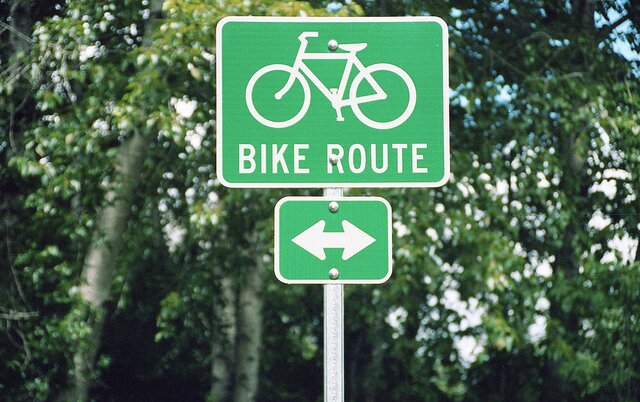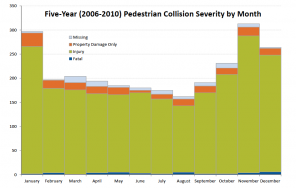Who knew that a lack of rain would make Seattle drivers even worse? At midnight, record-keepers will be marking into the books the first all-dry July in 50 years. But along with the terrific weather has come an alarming rise in cars colliding with bikes and pedestrians.
Is it just more people taking to their bikes in the good weather? Seattle’s Department of Transportation told the Seattle Times last year that: “When more cyclists are present, motorists become more conscious of them and safety tends to improve.”
Yet the City Council’s Richard Conlin is nursing a broken shoulder blade, after a driver flipped a quick U-turn in front of him and Conlin rode into the vehicular barricade. Though the driver was cited for making an illegal U-turn, Conlin’s recap of the incident — “He wasn’t looking, I probably could have been a little more defensive” — exhibits what Sightline’s Alan Durning calls “car-head.”
Conlin could have been killed in the accident (you just have to fall the wrong way after being launched over the handlebars), but he’s equating the driver’s carelessness with a multi-ton, motor vehicle with his own responsibility to avoid being crushed by a car. It’s a transportation version of Stockholm Syndrome; Conlin later released a statement in which he reassured everyone he doesn’t “expect this accident to influence my work on transportation issues or alter my perspective on cycling.”
In Durning’s case, he’d biked right into a red Jeep Cherokee parked in the bike lane on Dexter. He was berating himself for being an inattentive idiot when he thought, Wait a minute, this is a bike lane. If the driver had parked his car in the middle of the road and walked off, and Durning had driven his car into the back of it, would he have been thinking, My god, what a klutz I am?
“Car-headed as we are in North America,” writes Durning, “we don’t enforce traffic laws in ways that hold drivers accountable for the risks they impose on cyclists and pedestrians.” The driver who sent Conlin to the emergency room will have to pay a $124 ticket.
Not everyone has Conlin’s health insurance and wherewithal. Brandon Blake also had a driver turn in front of him on Dexter, and “suffered several fractured ribs, bruising to his lungs, face fractures in several places and a concussion.” Friends and family have started an online fundraiser to help deal with the bills.
Each time Seattle Bike Blog reports on one of these major incidents, you learn of a multitude of “little” accidents that weren’t reported — each a potential fatality.
Blake, a Sounders fan, has something in common now with 33-year-old Sounders defender Taylor Graham, who tweeted on July 29th: “If you are the car that just hit a guy riding his bike on Dexter and took off, that was me.” One of the replies to that tweet was from Eric Cockrell, who had his own two bits to put in: “car hit me before the Denny light on Dexter yesterday.”

